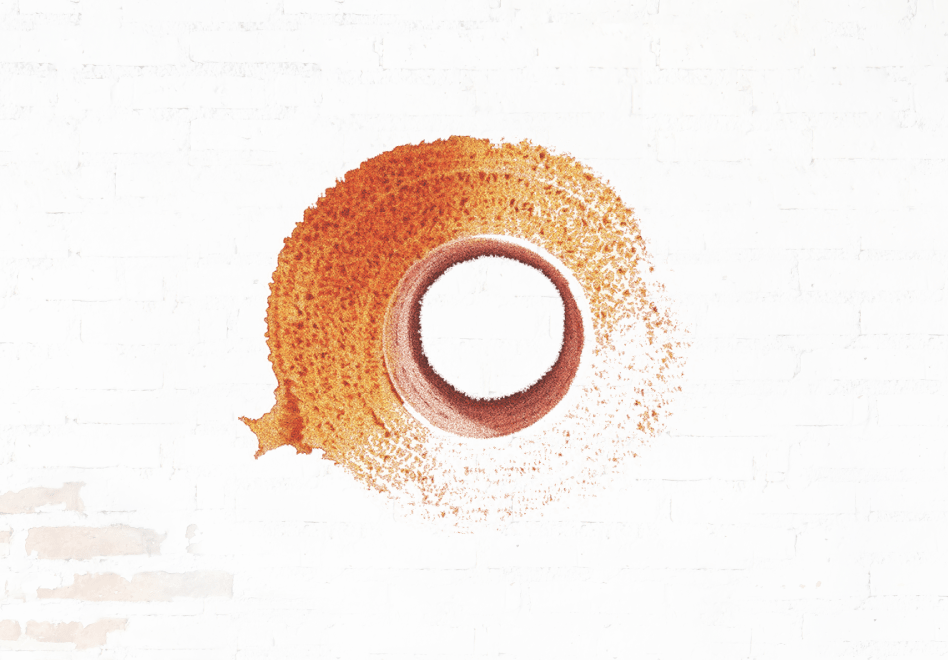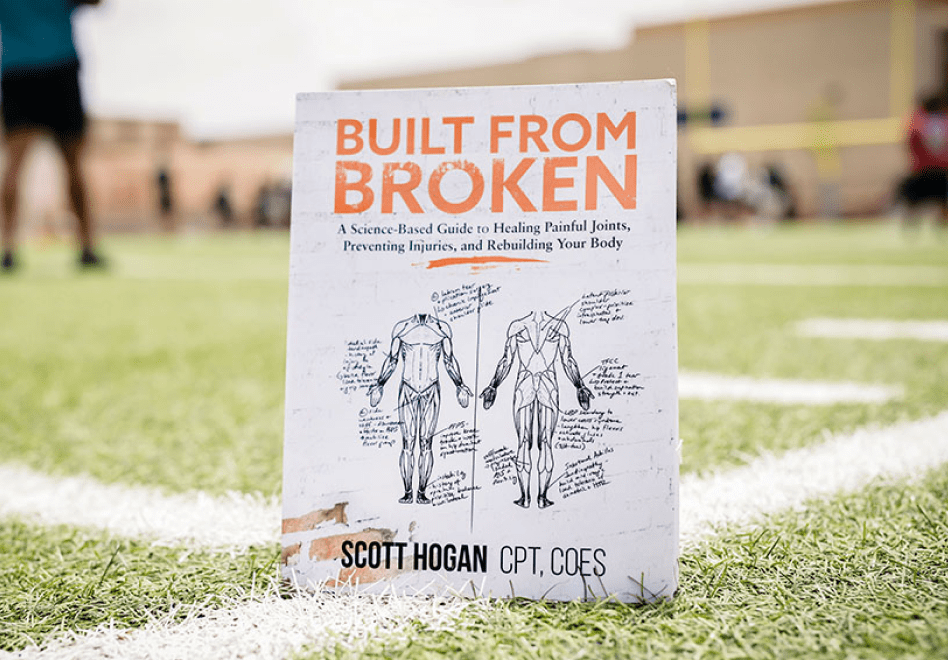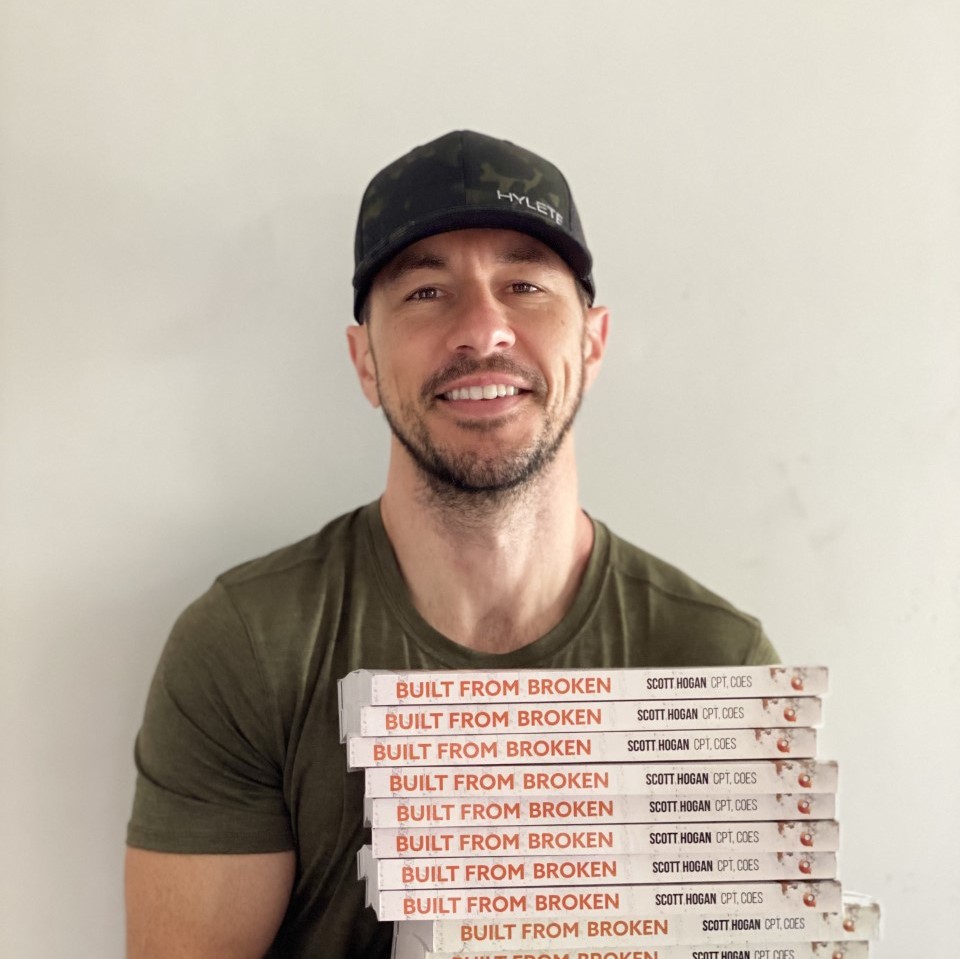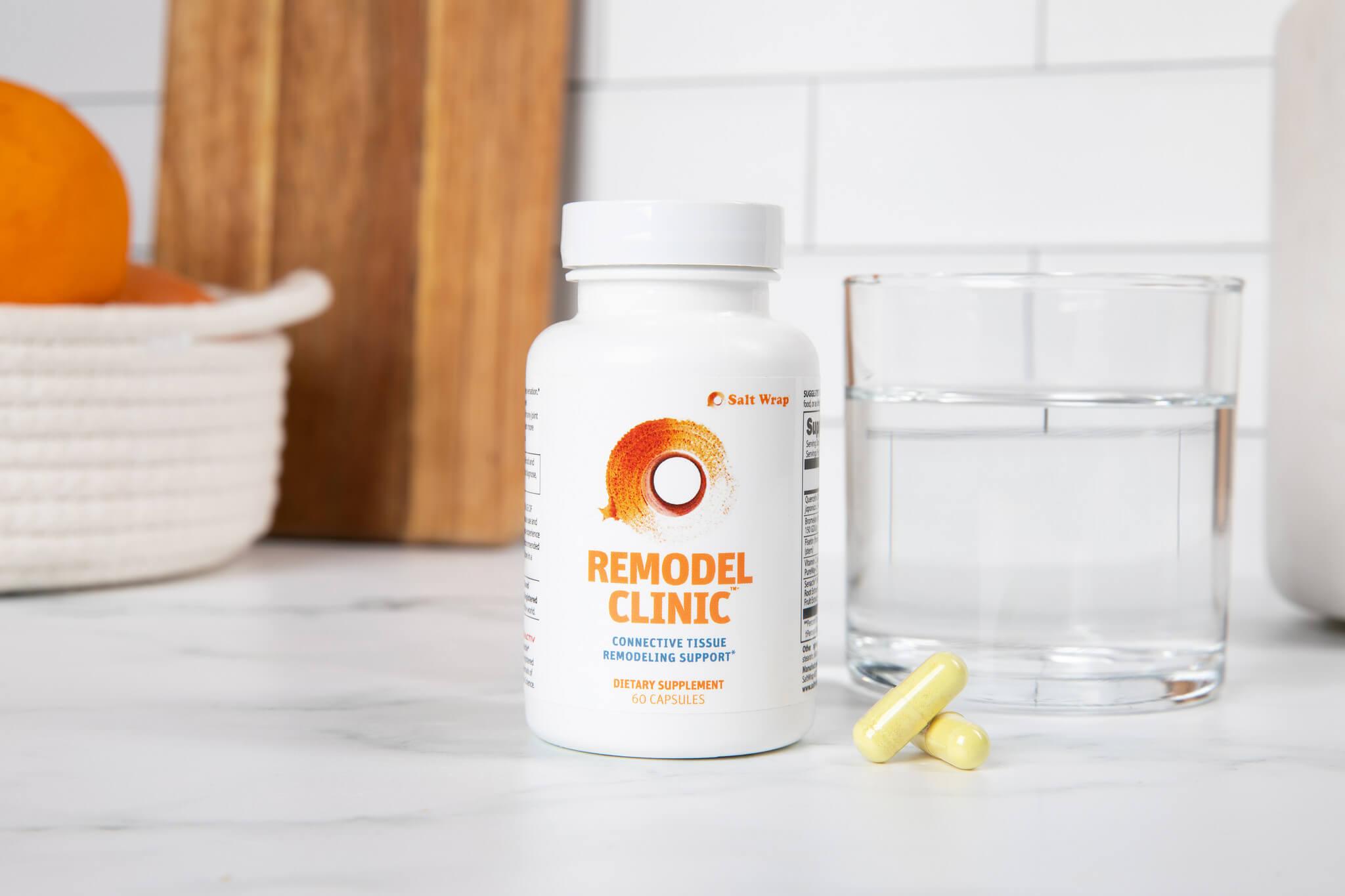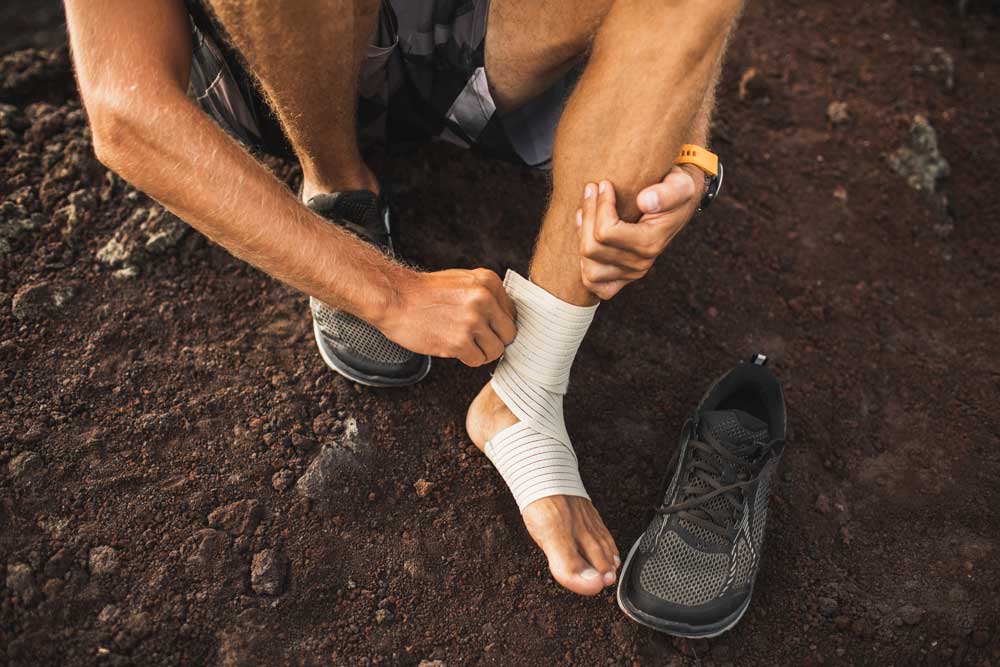
Be built (to last).
The right supplements can help you recover naturally and build a resilient body.
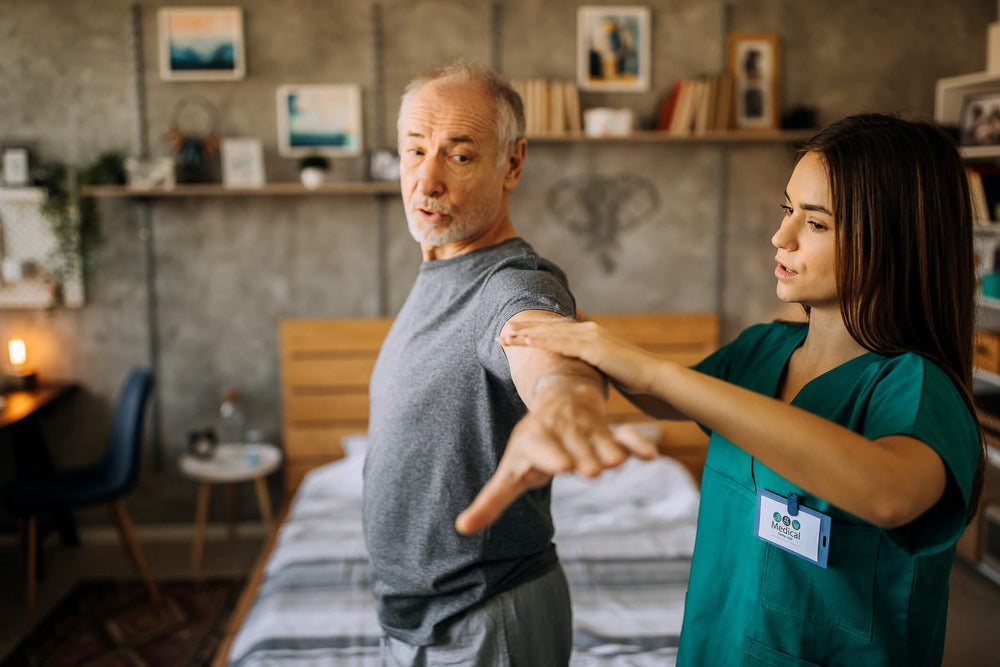
Supplement Quiz
Take this short quiz to discover the perfect supplements for your needs and goals.
About SaltWrap
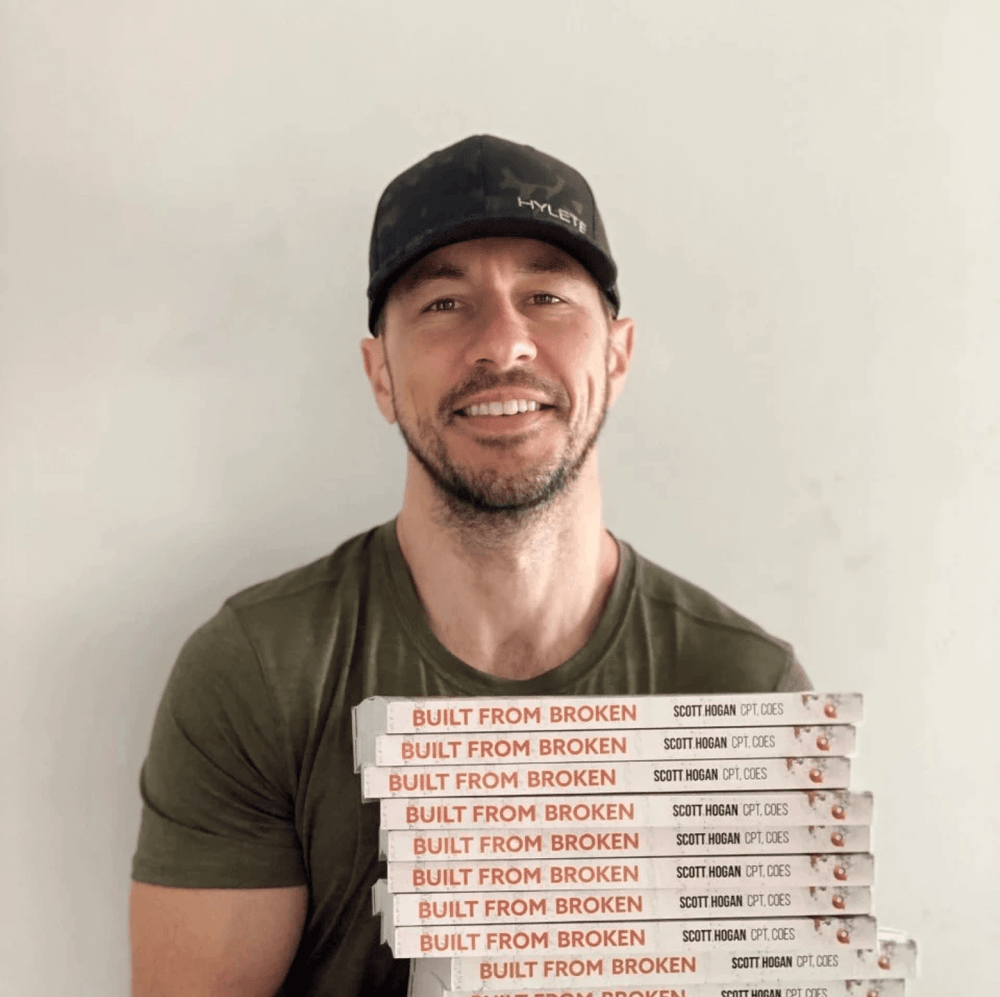
Built from Broken
Get the best-selling book from SaltWrap founder, Scott Hogan, and start rebuilding today.
Why Perimenopausal Women Are More Prone to Collagen Loss and Joint Injuries (And What To Do About It)
by Scott Hogan, ACE-CPT, COES
While working with my physical therapist recently, he pointed out something that caught my attention:
“I see even perimenopausal women (in their early forties) having the same types of soft tissue injuries: frozen shoulder, gluteal tendinopathy, other types of tendinosis. It’s all the injuries that come from collagen malformation and junky scar tissue in joints.”
Connective tissue injuries like frozen shoulder, glute tendinopathy, and scar tissue buildup are typically associated with older age.
But his observation highlighted something important: it’s happening earlier than we think.
And importantly, there’s an opportunity for early intervention to prevent these conditions rather than merely treating them when they inevitably crop up.
The cause of these related conditions can be largely explained by collagen loss and malformation — a natural but often overlooked consequence of the hormonal changes that begin during perimenopause.
As estrogen declines, so does collagen production. This leaves joints, tendons, and ligaments weaker — and more prone to injury.
If you’re a woman in your 40s or 50s, this is critical to know. Left unchecked, collagen loss can lead to debilitating conditions that limit mobility, cause persistent pain, and make recovery harder as you age.
In this article, we’ll uncover why perimenopausal women are at higher risk for tissue injuries and what you can do now to protect your joint health for years to come.
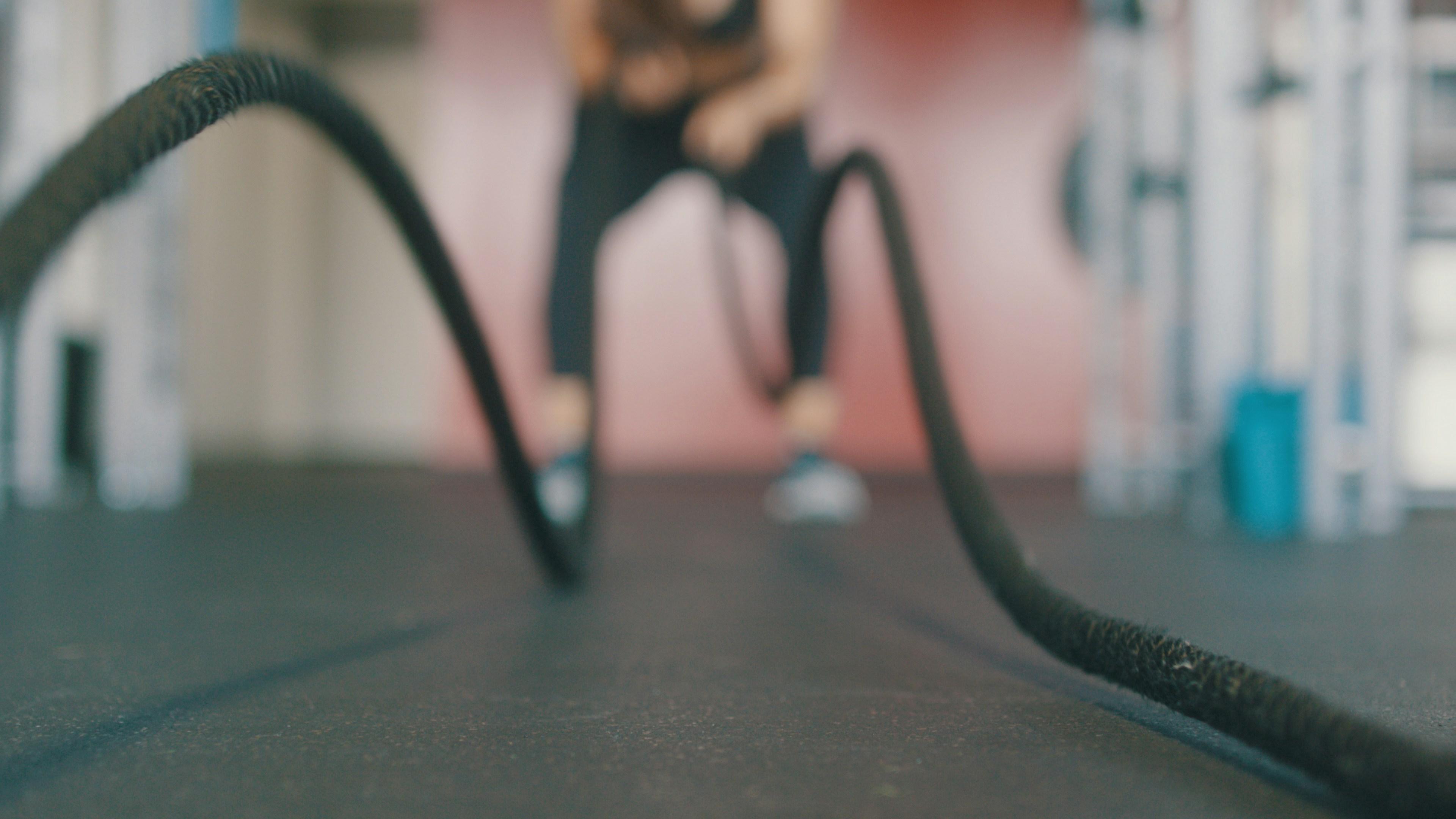
The Role of Hormones and Collagen in Joint Health
Collagen is the primary building block of connective tissue — tendons, ligaments, cartilage, and even skin. It gives these tissues strength, elasticity, and the ability to heal when damaged.
Estrogen plays a critical role in collagen production. During perimenopause, estrogen levels begin to decline. And as a result:
-
Collagen production slows.¹
-
Existing collagen becomes weaker and less organized.²
This hormonal shift leads to a breakdown in tissue structure, making soft tissues less elastic and more prone to injury and dysfunction.
Injuries that might have healed quickly in younger years — or wouldn’t have occurred at all — now have the potential to become persistent problems.
Common Injuries Linked to Collagen Loss
Declining collagen and estrogen don’t just cause minor aches and pains. They set the stage for significant injuries:
-
Frozen Shoulder (Adhesive Capsulitis): This condition causes stiffness, pain, and a gradual loss of motion in the shoulder joint. Collagen decline contributes to scarring and malformation of the capsule surrounding the shoulder, reducing its mobility over time.
-
Gluteal Tendinopathy: Pain and dysfunction in the hips and glutes often result from chronic inflammation or micro-tears in the gluteal tendons. With collagen decline, these tendons are less capable of handling stress, leading to ongoing pain in the glute and thigh region.
-
Achilles Tendinopathy and Plantar Fasciitis: Foot and ankle injuries — such as Achilles tendon irritation or plantar fasciitis — can become more common during perimenopause. As collagen weakens, tissues lose their ability to stretch and absorb force, resulting in persistent micro-damage and inflammation.
How To Prevent Collagen-Related Injuries During Perimenopause
The good news? You don’t have to accept these injuries as an inevitable part of aging. By taking a proactive approach, you can support optimal collagen production, clear damaged tissues, and maintain healthy joints and tendons.
Here’s what to focus on:
1. Lift and Mobilize
Shift your exercise approach to safe, but challenging weightlifting and resistance exercise, followed by dynamic stretching to maintain mobile connective tissues.
[Want a full, joint-friendly workout plan? Grab my bestselling book, Built From Broken.]
2. Get Strategic With Sports Nutrition
Include collagen peptides and vitamin C (like those found in Collagen Synthesis™) 30 minutes before resistance training to improve tendon and ligament resilience. These nutrients support collagen production and ensure your tissues have the raw materials needed to stay strong and elastic.³
3. Prevent Joint Tissue Malformation With Targeted Support
While most joint supplements focus on inflammation or pain relief, they do little to help prevent scar tissue buildup and optimize tissue formation. This is where our joint remodeling formula called Remodel Clinic™ comes in.
Remodel Clinic™ is the first joint-remodeling formula to leverage senescent cell clearance for better joint mobility, reduced stiffness, and healthy connective tissue turnover.
It’s worth noting that a key benefit of starting this protocol early is that it may help prevent the buildup of senescent cells, which lead to scar tissue and joint tissue malformation.
Also, pairing Remodel Clinic™ with Collagen Synthesis™ ensures you not only clear damaged tissue but also provide the building blocks required to rebuild stronger, healthier collagen.
(Just be sure to take them about an hour apart from one another to avoid the enzymes in Remodel Clinic™ prematurely breaking down the collagen peptides in Collagen Synthesis™.)
Get Ahead of Perimenopausal Joint Changes
Despite what you might hear about collagen loss during perimenopause, it isn’t just about wrinkles and other skin changes.
The hormonal changes that start before menopause can directly impact your joint health, leaving tendons and ligaments more vulnerable to injury.
Frozen shoulder, gluteal tendinopathy, and other injuries may seem like random setbacks, but they often stem from declining collagen production and poor tissue remodeling.
The good news is that by addressing this process early, you can help prevent injuries, stay mobile, and maintain a pain-free, active lifestyle.
If you’re ready to take control of your joint health, consider adding Remodel Clinic™ and Collagen Synthesis™ to your routine.
With targeted ingredients that support healthy tissue turnover and collagen production — paired with intelligently programmed resistance training — you can get ahead of these changes and move confidently into the years ahead.
-
Tanko LB, Christiansen C. An update on the antiestrogenic effect of estrogen on bone and collagen metabolism. Bone. 2004.
-
Bailey AJ. Molecular mechanisms of aging in connective tissues. Mechanisms of Ageing and Development. 2001. https://pubmed.ncbi.nlm.nih.gov/11322995/
-
Schauss AG et al. Effects of oral supplementation of collagen peptides on skin, tendons, and ligaments. Current Medical Research and Opinion. 2012. https://www.tandfonline.com/doi/full/10.1185/03007995.2012.693206
-
Maurer HR. Bromelain: biochemistry, pharmacology, and medical use. Cellular and Molecular Life Sciences. 2001.
-
Kim HJ et al. Fisetin as an anti-inflammatory and senolytic agent. Journal of Nutritional Biochemistry. 2018.
Founder: Scott Hogan

I created SaltWrap to bring together the most practical ideas in therapeutic sports nutrition, corrective exercise, and functional fitness — with the goal of keeping you (and myself) strong, mobile, and built to last.
I've worked as an A.C.E. Certified Personal Trainer, Orthopedic Exercise Specialist, and nutritional supplement formulator.
But more importantly — I've spent most of my life battling injuries, joint pain, and just being plain beat up. So I know what it's like to struggle toward fitness goals.
SaltWrap is here to push you through injuries, setbacks and perceived physical limitations. To a place beyond what you think you're capable of. Sign up here to stay in the loop.
Learn more about my best-selling injury prevention and recovery book, Built from Broken.

